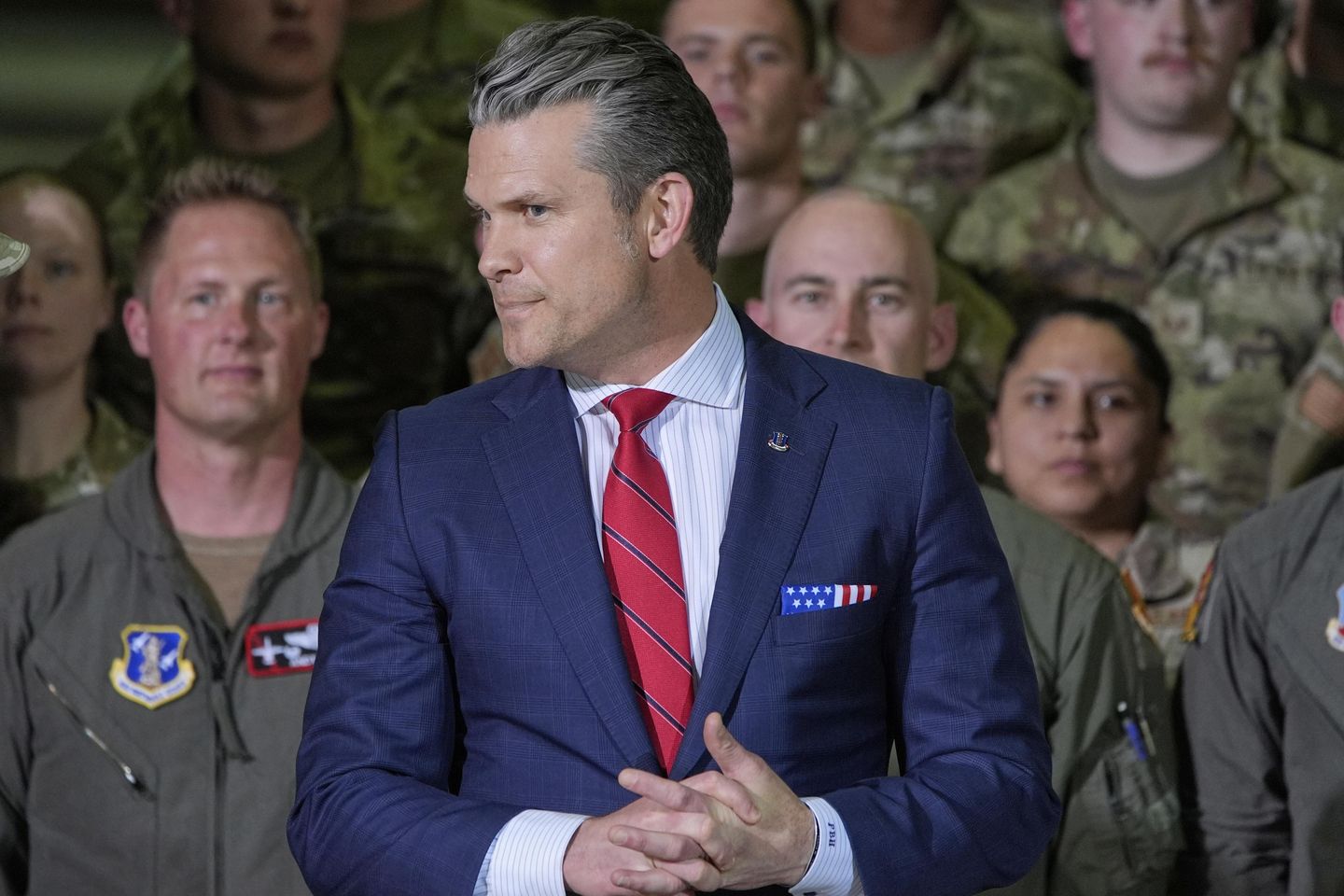
The Army could eliminate as many as 40 headquarters-level slots for generals and push scores of desk-bound officers and sergeants back to field units as part of a wide-ranging reorganization effort of the nation’s largest military service.
Defense Secretary Pete Hegseth this week ordered the Army to streamline its force structure and transform “at an accelerated pace” by divesting itself of outdated and inefficient programs. On Thursday, Army Secretary Dan Driscoll said they will “ruthlessly prioritize” the needs of fighting forces contributing to the service’s lethality.
“The headquarters units across the entire Pentagon – but the Army, too – have grown way too large and they’ve grown way too bloated,” Mr. Driscoll told reporters at the Pentagon. “The American soldier joins the Army to put on a helmet, get in their formations, and fight. We have stripped them of that and put them in a headquarters doing useless bureaucratic paperwork.”
Mr. Hegseth’s memorandum, issued Wednesday, gives the Army more authority to eliminate wasteful and obsolete programs. The service will cancel procurement of outdated or excess systems, such as the AH-64D Apache helicopter, the Humvee, and the Joint Light Tactical Vehicle, and obsolete drones such as the Gray Eagle, Mr. Driscoll said.
“Yesterday’s weapons will not win tomorrow’s wars,” he said. “We are going to start to cut things we don’t want or need. This is the first batch, but more is coming.”
Mr. Hegseth’s memo also directs the service to field long-range missiles capable of hitting moving targets on land or at sea by 2027. Maneuver platoons should have the ability to counter drones from an adversary by 2026 and 2027 for each company in the Army.
He also wants to increase the Army’s presence in the Indo-Pacific region by expanding pre-positioned stockpiles of supplies, staging additional rotational deployments and holding exercises with allies and partners to enhance strategic access, basing and overflights.
“The Army must prioritize investments in accordance with the [Trump] administration’s strategy, ensuring existing resources are prioritized to improve long-range precision fires [and] air and missile defense, including through the Golden Dome for America,” Mr. Hegseth wrote.
Officials plan to eliminate at least 1,000 staff positions at Army headquarters. Army Futures Command and Training and Doctrine Command [TRADOC] — both led by four-star generals — will be merged into a single headquarters focusing on force design and force development.
Forces Command, known as FORSCOM, is responsible for providing ground forces for combatant commands. Also led by a four-star general, it will become Western Hemisphere Command through the consolidation of two units — U.S. Army North and U.S. Army South, each commanded by a two- or three-star general.
“We will trim general officers’ positions to streamline command structures and revise civilian talent management policies to prioritize performance,” Mr. Driscoll and Gen. Randy George, the Army Chief of Staff, wrote in a letter to Army leaders.
The service also will restructure Army aviation units by cutting one Air Cavalry Squadron in each active-duty Combat Aviation Brigade. Heavy Infantry Brigade Combat Teams will be converted to leaner Mobile Brigade Combat Teams.
“We are trading weight for speed and mass for decisive force,” Mr. Driscoll and Gen. George wrote.
Pentagon officials will decide if the other military services also will be trimmed down. But the Army is ready to lead the way, Mr. Driscoll said.
“We want to earn the right to be the innovation engine of the Pentagon,” he said. “We should be figuring out what works and what doesn’t work.”
















